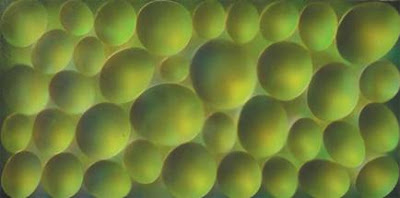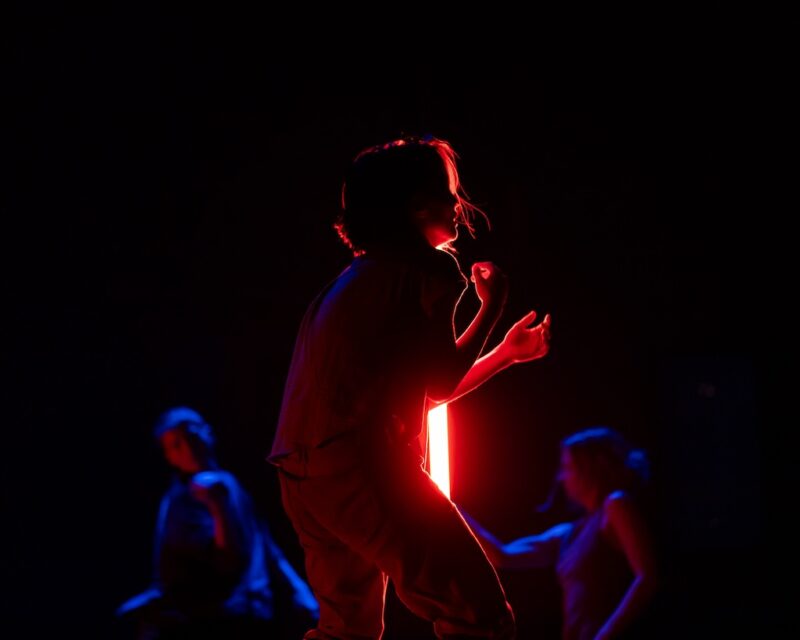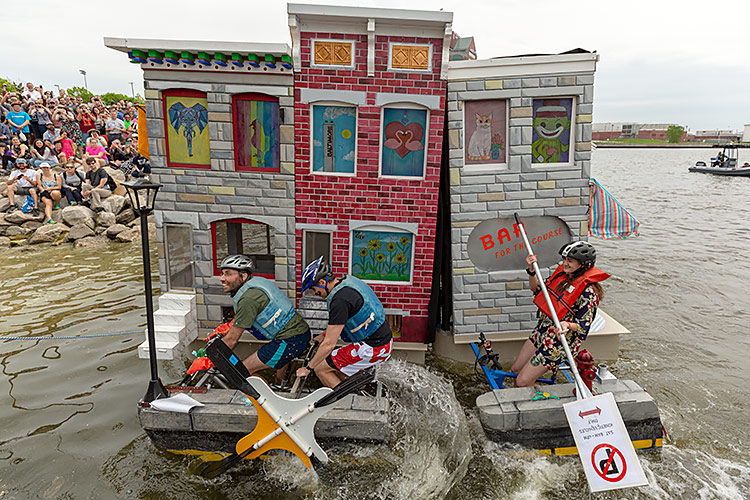Opening Reception Friday, January 15, 2010, 6:00-8:00 pm
Exhibition Dates: January 15, 2010 – March 30, 2010
Goya Contemporary . Goya-Girl Press
3000 Chestnut Avenue . Suite 214
Baltimore , MD 21211
P. 410-366-2001 F. 410-235-8730
www.goyacontemporary.com
For more information contact:
Amy Raehse, Executive Director, [email protected]
Madeleine Keesing: by Dr. Julia Bernard, Berlin / Washington
Fabric of Life: While the production of Madeleine Keesing’s art has been compared to the processes of cuisine or the weaving of tapestries, there is no question that, despite their visual abstraction, the impact of these images depends upon connections with elements of the outside world – metaphorically suggested as well as more literally referenced by their structure. This is important because, above all, these paintings seem to be about the nature of experience, a world-view or an attitude: one that emphasizes immersion and participation in the world around us, embedded in everyday life in a fashion akin to the philosopher John Dewey’s approach to art (cf. Art as Experience, 1934).
Aesthetic Meditation: Despite the centrality of such real-world embeddedness, Keesing’s works also conversely prompt an engagement in aesthetic meditation. This is not only because of their abstraction and contrapuntal juxtaposition of layered colors, nor the suggestion of sea or landscape. It is because of the somewhat-painstaking, even compulsive procedure of their construction via gradual buildup of uneven rows of paint droplets. This process of execution implicitly involves the viewer in that his or her response is crucial to completing the “circle of production.”
“Keesing is a painter of abstract pictures, whose paintings must always read as paintings, even as they insist on their relationship to and continuity with historically female-identified handicraft. Neither simply decorative, as is much art produced after facile interpretations of the criticism of Clement Greenberg and his descendants, nor the kitsch pastiche practice to which the pattern and decoration movement devolved after Miriam Schapiro’s initial pointed gesture, Keesing’s mature work should be understood as the materialization of a thoughtful and unique reconciliation of high formalist-modernist values and important feminist social-critical impulses suppressed in late modernism.” Thom Collins, director, Neuberger Museum of Art, Purchase, New York
www.goyacontemporary.com
Amy Eva Raehse
Executive Director
Goya Contemporary & Goya-Girl Press
3000 Chestnut Avenue, Mill #214
Baltimore, MD 21211
[email protected]
[email protected]
www.goyacontemporary.com





